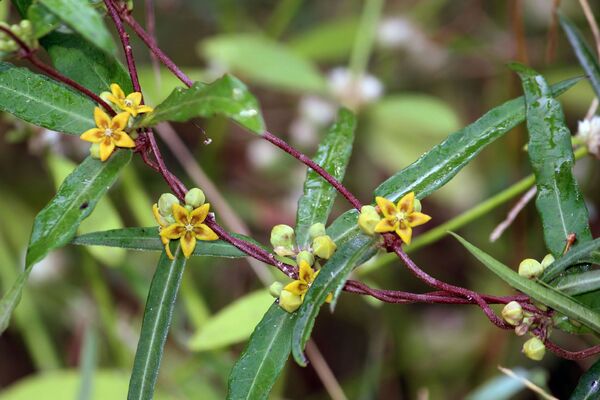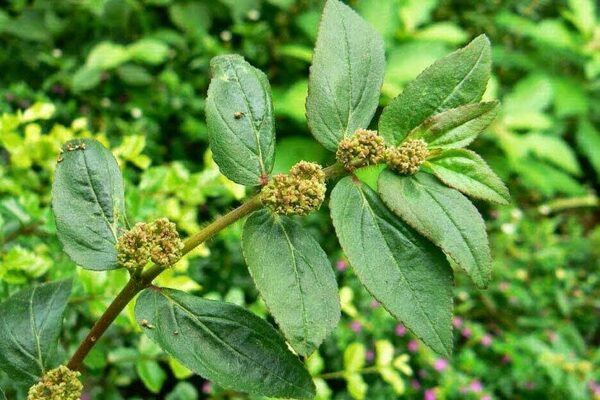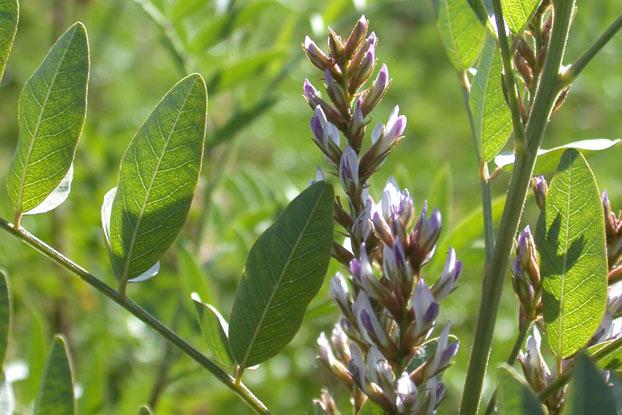跳到商品資訊






目前無法提供取貨服務
Melionsbrother
SIZE 4 X 15 TABLETS
Acharya Vagbhatta has mentioned the use of following drugs during the ninth (9th) month of pregnancy – Ananta, Sariva, Payasya, and Madhuyashti.
Ananta (Fagonia arabica)

Fagonia is a genus of wild, flowering plants in the caltrop family, Zygophyllaceae, having about 35 species. Species occurring in the US are commonly referred to as fagonbushes. The distribution of the genus includes parts of Africa, the Mediterranean Basin, the Mid-East, India, and parts of the Americas. Fagonia species have been used ethnobotanically by traditional practitioners under Ayurvedic and other healing regimes for many maladies. Species occur in deserts, dry washes, ditches and on rocky outcrops, including at altitude.
Sariva (Hemisdesmus indicus)

Hemisdesmus indicus is a slender, twining, sometimes prostrate or semi-erect shrub. Roots are woody and aromatic. The stem is numerous, slender, terete, thickened at the nodes. The leaves are opposite, short-petioled, very variable, elliptic-oblong to linear-lanceolate. The flowers are greenish outside, purplish inside, crowded in sub-sessile axillary cymes. Hemidesmus indicus is used to make beverages like nannari sharbat, and is used in traditional medicine. In southern states of India (particularly Tamil Nadu), the pickled roots are served along with rice dishes.
Payasya (Pueraria tuberosa)

Payasyā (पयस्या) is another name for Dugdhikā, which is a Sanskrit word referring to Euphorbia thymifolia (asthma plant), from the Euphorbiaceae (spurge) family. It is used throughout Ayurvedic literature such as the Carakasaṃhitā.
Madhuyashti (Glycyrrhiza glabra)

